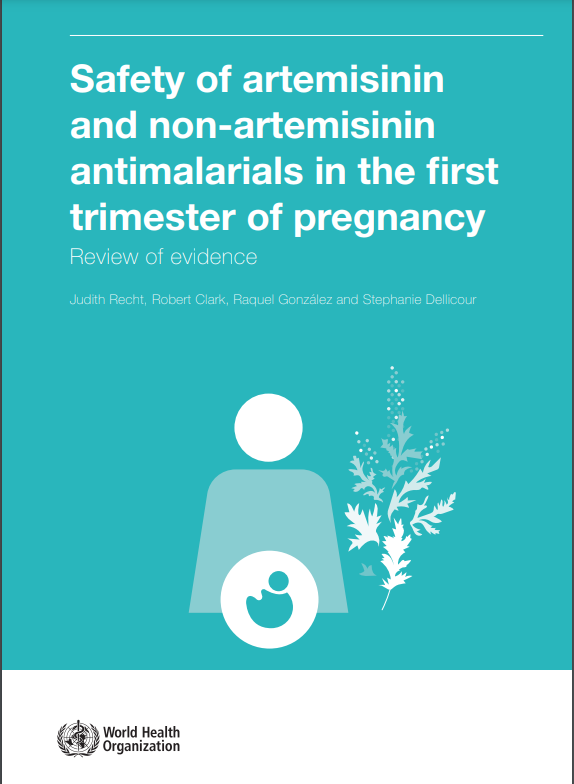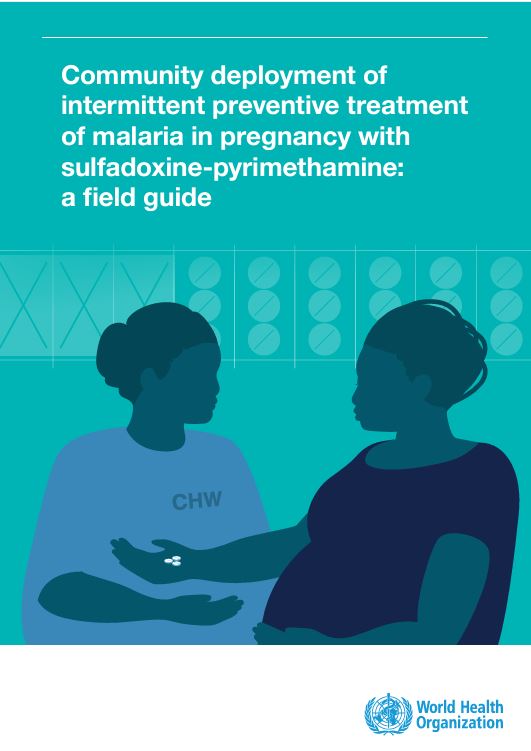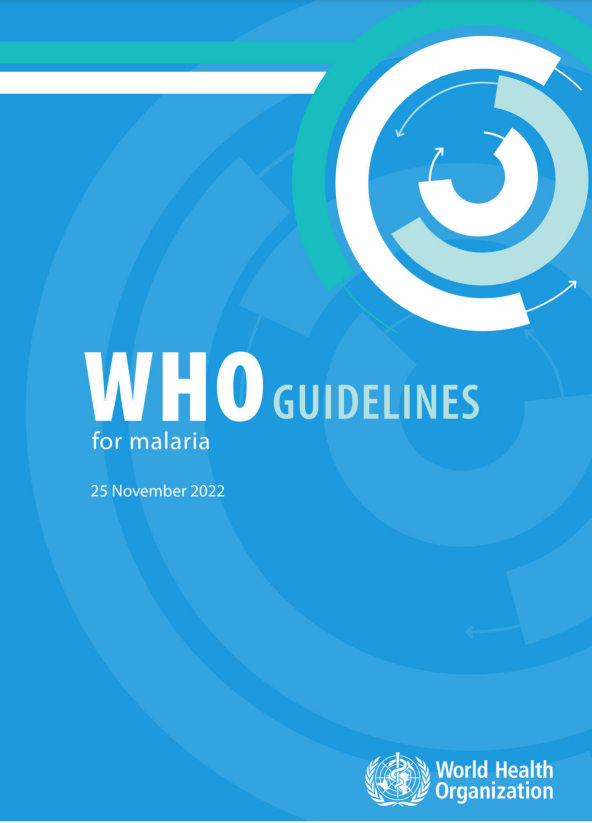Last Updated: 07/06/2024
Efficacy and Safety of a newly registered Artemisinin-Based Combination (Pyronaridine-Artesunate -PYRAMAX®) for the treatment of uncomplicated malaria in African pregnant women (PYRAPREG)
Objectives
The main objective of this proposal is to determine Pyronaridine-artesunate (PA)’s efficacy, safety (primary endpoints) in African pregnant women (2nd or 3rd trimester) with uncomplicated falciparum malaria, and thus provide the necessary information to include this treatment in the guidelines for the management of malaria during pregnancy, thus contributing to reduce the unacceptable burden of malaria among pregnant women.
The main aim of the trial is to determine if PA is as good as the comparator treatments, with acceptable safety and tolerability. The pharmacokinetics of PA are also being monitored, and any influence of antiretroviral medications examined in a subset of women with HIV infections.
The specific objective of this project are the following ones:
- To compare the efficacy of PA against AL or DP in terms of:
- Treatment success (see definition below) 28, 42 and 63 days after the start of treatment, with and without genotyping;
- Parasite clearance time, including sub-microscopic malaria infections;
- Gametocyte carriage and clearance;
- Haematological recovery by 14, 28, 42 and 63 days post-treatment and at delivery;
- Birth weight measured within 72 hours of delivery;
- Preventing placenta P. falciparum malaria.
- To describe the safety profile of PA, AL and DP in terms of:
- Tolerability
- Adverse events, including Serious Adverse Events and Adverse Events of Special Interest, during the 63-day post-treatment follow up (mother), at delivery (mother and baby), one month (mother and baby) and one year post-end of pregnancy (baby).
- To explore the pharmacokinetics of pyronaridine in both HIV-infected and HIV-non infected pregnant women. This will be done in a small number of study subjects (60 women, 30 HIV uninfected and 30 HIV infected), in the 2 countries with the highest HIV prevalence, namely DRC and Mozambique.
University of Sciences Techniques and Technologies of Bamako (USTTB), Mali
Research Institute of Health Sciences (IRSS), Burkina Faso
London School of Hygiene and Tropical Medicine (LSHTM), United Kingdom
Manhiça Health Research Centre (CISM), Mozambique
Barcelona Institute for Global Health (ISGlobal), Spain
University of Kinshasa, Dem. Rep. of Congo
Amsterdam University Medical Centres (Amsterdam UMC) – Academic Medical Centre in Amsterdam, The Netherlands
Malaria in pregnancy can be harmful to both mother and child, causing maternal anaemia and low birth weight. In 2015, it was the third most common cause of death of women of reproductive age in Africa. Malaria in pregnancy is responsible for around 400,000 cases of maternal anaemia and 15% of maternal deaths globally. Several artemisinin-based combination therapies are recommended for treatment of malaria in the second and third trimesters of pregnancy, but they vary in their efficacy, safety and tolerability. Pyronaridine–artesunate (PA) is a relatively new artemisinin-based combination therapy that could be a suitable alternative but it has yet to be evaluated in pregnancy.
The primary hypothesis is the pair-wise non-inferiority of PA as compared to either artemether-lumefantrine (AL) or dihydroartemisinin–piperaquine (DP). AL or DP, defined as a difference in the Day 42 PCR-adjusted adequate clinical and parasitological response (ACPR) of <5% (non-inferiority margin). The choice of two control arms (AL and DP) is justified by AL being the most commonly used treatment for malaria in African pregnant women, while DP has several advantages compared to AL, namely higher efficacy and longer post-treatment prophylaxis.
This is a non-inferiority, multicentre, randomized, open label clinical trial comparing PA with AL and DP for the treatment of women in the 2nd and 3rd trimester of pregnancy with falciparum malaria. Nevertheless, in case the World Health Organization release its recommendations on ACT use during the first trimester of pregnancy, recruitment of pregnant women in the first trimester of pregnancy and with malaria may be considered. Study participants will be identified when attending antenatal clinics at the study health facilities. Pregnant women will be systematically screened for malaria with ultrasensitive Rapid Diagnostic Test (HS-RDT); if positive, malaria infection will be confirmed by microscopy.
Mar 2019 — Feb 2024
$8.08M


